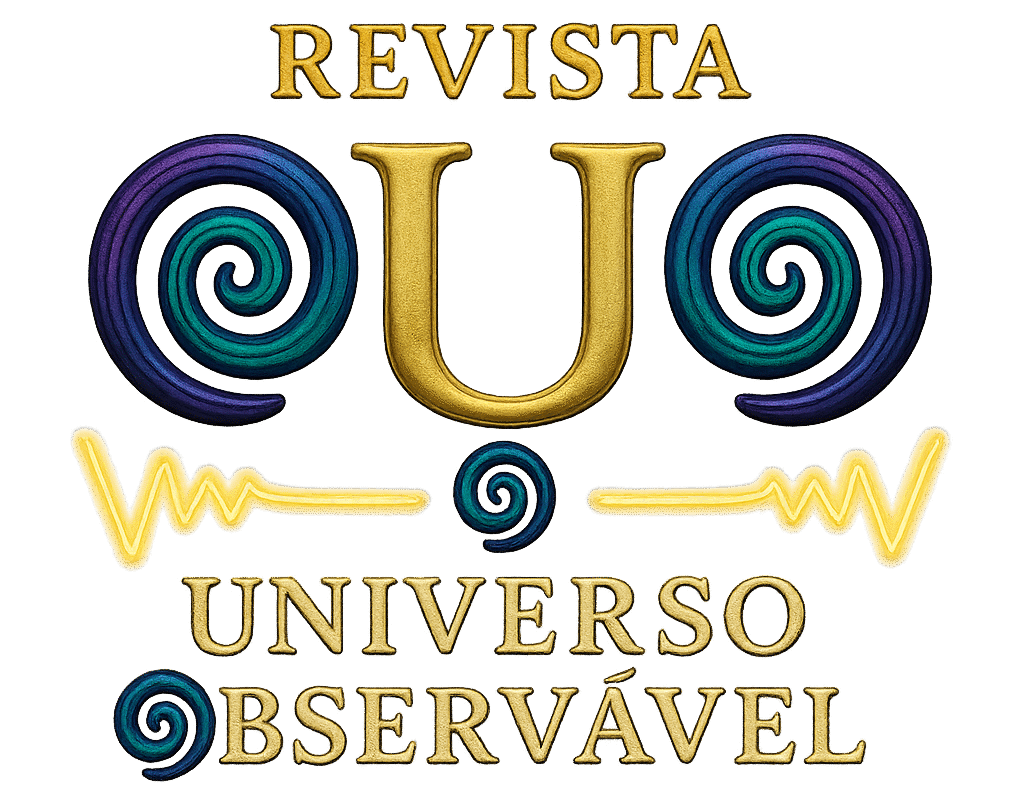ISSN: 2966-0599
v.2, n.8, 2025 (Agosto)
METADADOS
DOI: 10.5281/zenodo.16941673
Author 1: Viviane Mallmann
Biography: Universidade Estadual de Mato Grosso do Sul
E-mail: dravivianemallmann@gmail.com
ORCID: https://orcid.org/0000-0002-1707-1177
==========================================
Author 2: Lucas Wagner Ribeiro Aragão
Biography: Universidade Estadual de Mato Grosso do Sul
E-mail: lucas_wagner_1@hotmail.com
ORCID: https://orcid.org/0000-0001-5590-5681
==========================================
Author 3: Odete Maria Ferronato
Biography: FUNDAÇÃO EDUCACIONAL DO OESTE CATARINENSE
E-mail: draodete57@gmail.com
ORCID: https://orcid.org/0009-0008-4870-6519
==========================================
Author 4: Alvori Cristo dos Santos
Biography: Universidade Federal de Santa Maria
E-mail: alvoricaelon@hotmail.com
ORCID: https://orcid.org/0000-0002-8943-7852
==========================================
ABSTRACT: This article presents a case study on the process of agroecological transition in the Nazareth Settlement, located in Sidrolândia/MS, based on a Technical Assistance and Rural Extension (ATER) initiative conducted by the Association of Rural Women Workers of Mato Grosso do Sul (AMTR-MS), in partnership with the Sustainable Rural Cerrado Project. Between November 2022 and April 2023, 22 families were monitored through interviews, technical visits, and georeferenced photographic records. The collected data allowed for the characterization of the initial production conditions, with emphasis on mixed cattle farming (meat and milk) and the significant presence of marolo (Annona crassiflora) as a native species with economic potential. The analysis showed that livestock stocking rates ranged from 0.8 to 1.7 head per hectare, generating net margins of R$ 300.00 to R$ 600.00 per animal, but with strong dependence on external inputs during the dry season. Land use between 2014 and 2022 revealed a reduction in the dominance of pastures (from 70% to 50%) and significant growth of agroforestry systems (from 5% to 20%), reflecting ongoing productive diversification. Meanwhile, marolo production, estimated at 150 to 300 kg annually per family, proved comparable to the income obtained from a dairy cow, but with lower input demand and greater contribution to ecosystem services. It is concluded that ATER plays a fundamental role in structuring more resilient agroecological systems, capable of articulating environmental conservation, food security, and income generation, highlighting the relevance of AMTR-MS as an agent of socio- environmental transformation in the Cerrado.
Keywords: Agroforestry systems; Rural women’s organizations; Technical Assistance and Rural Extension (ATER); Annona crassiflora (marolo); Sustainable livelihoods.

